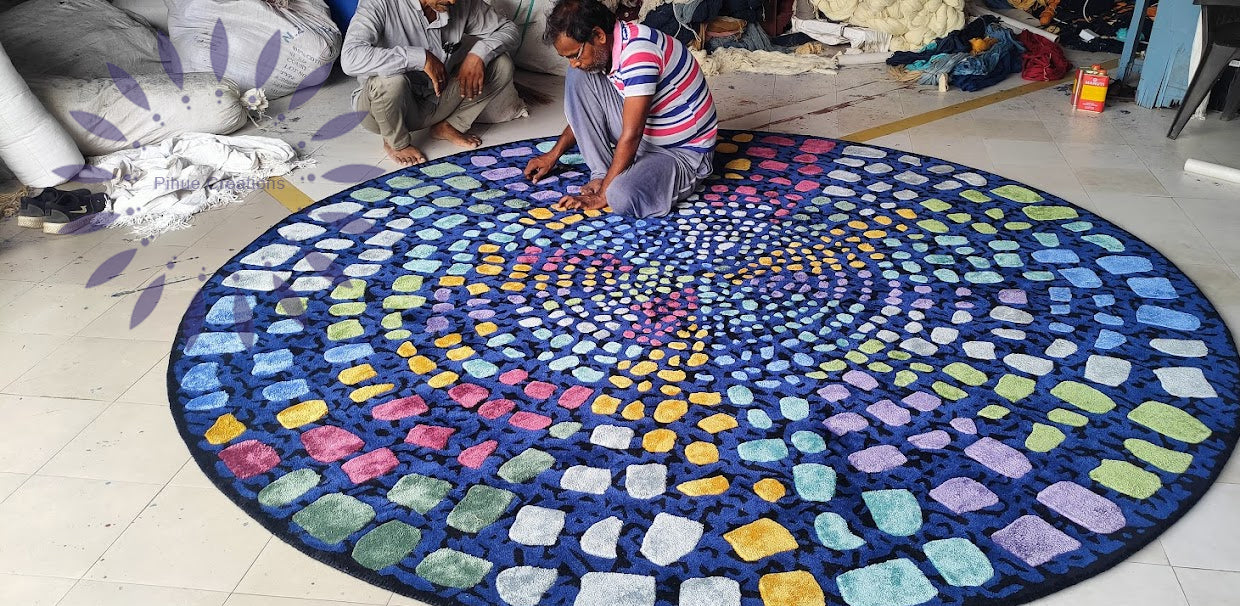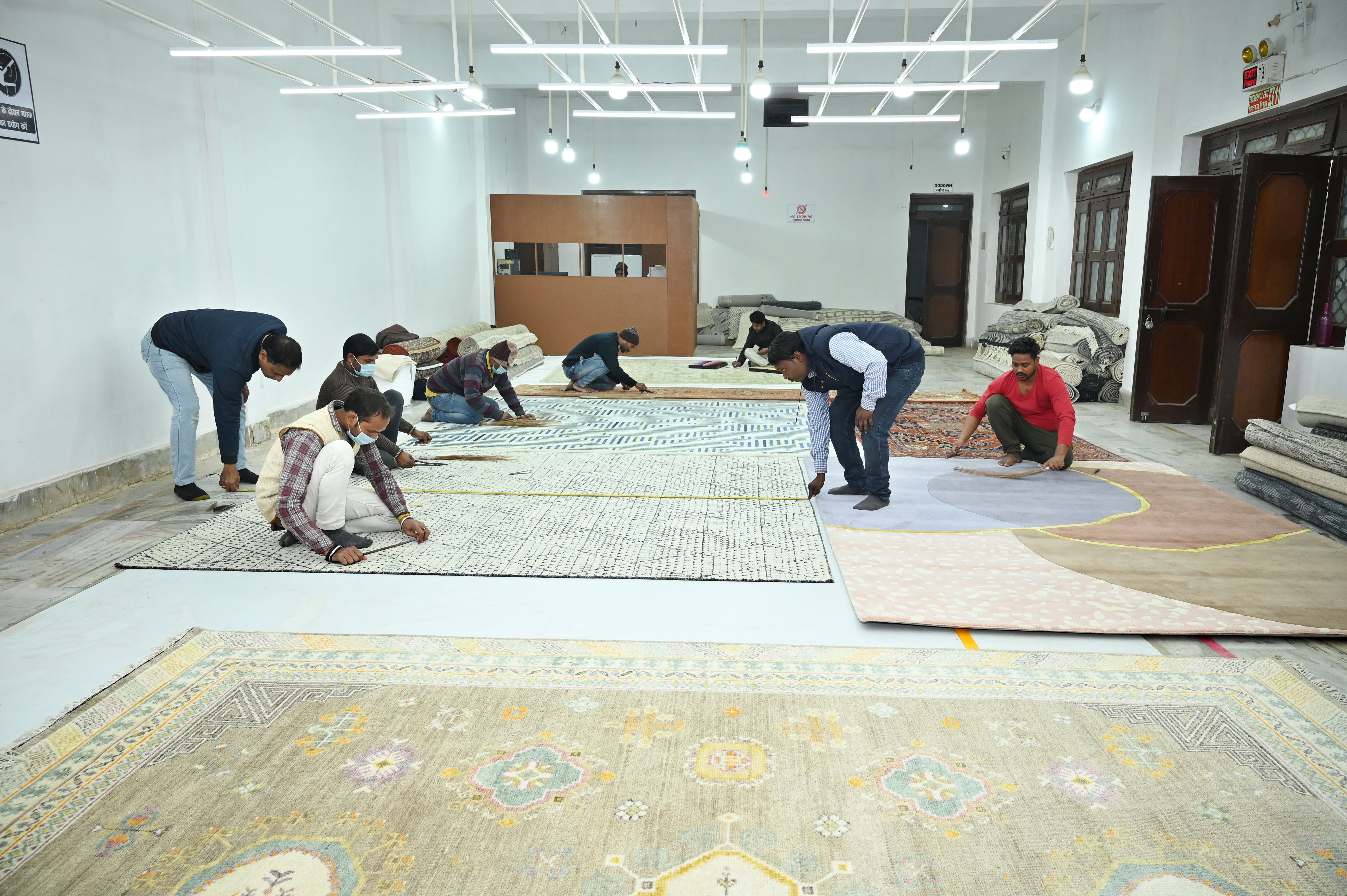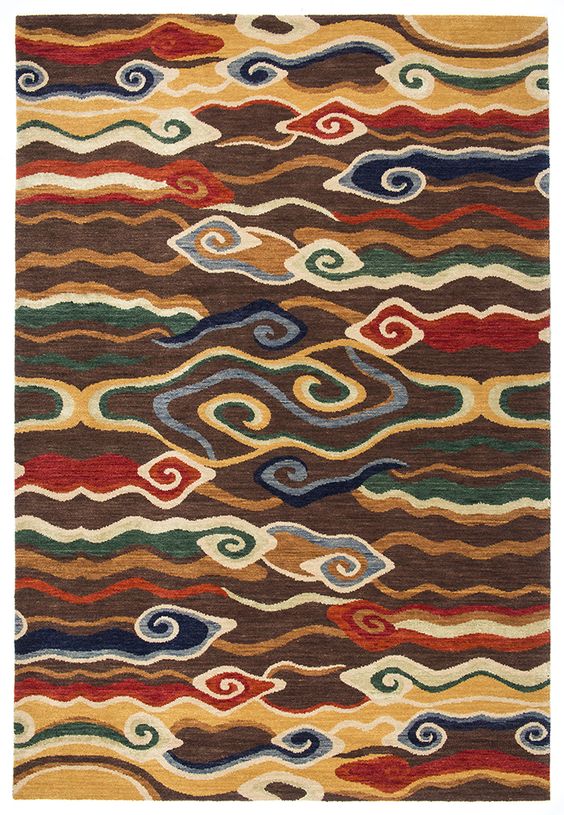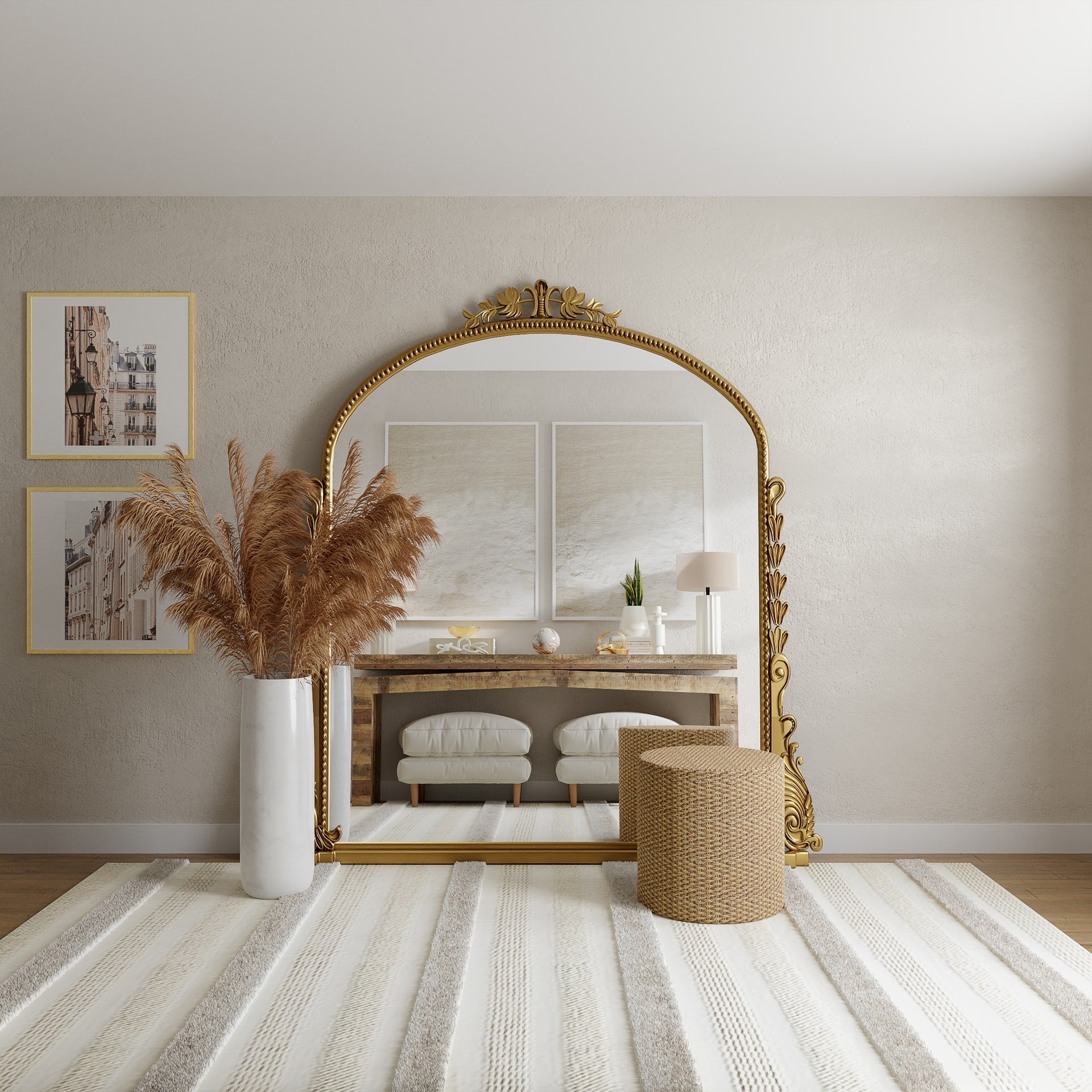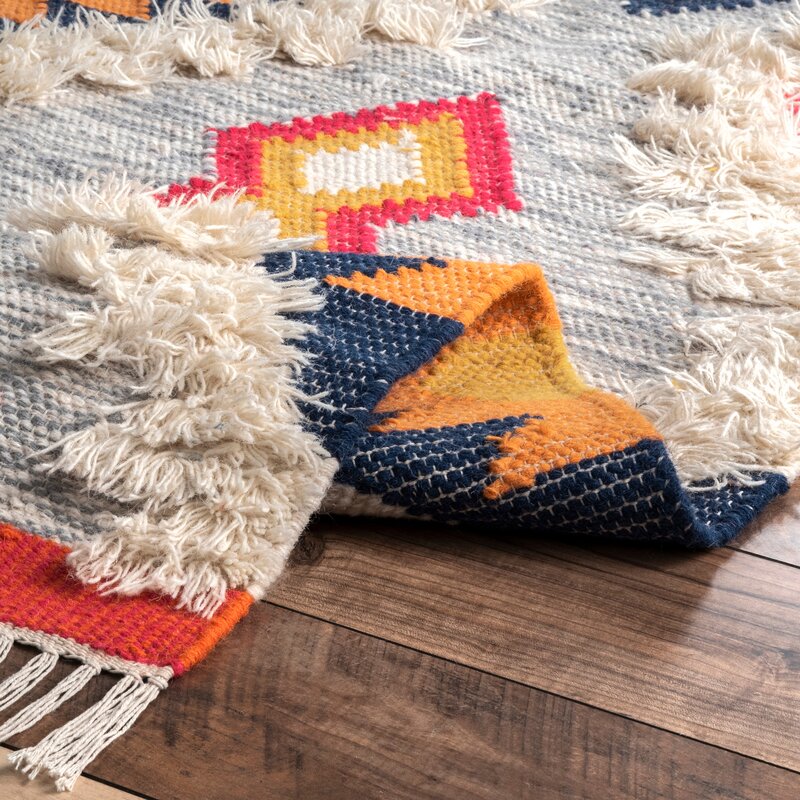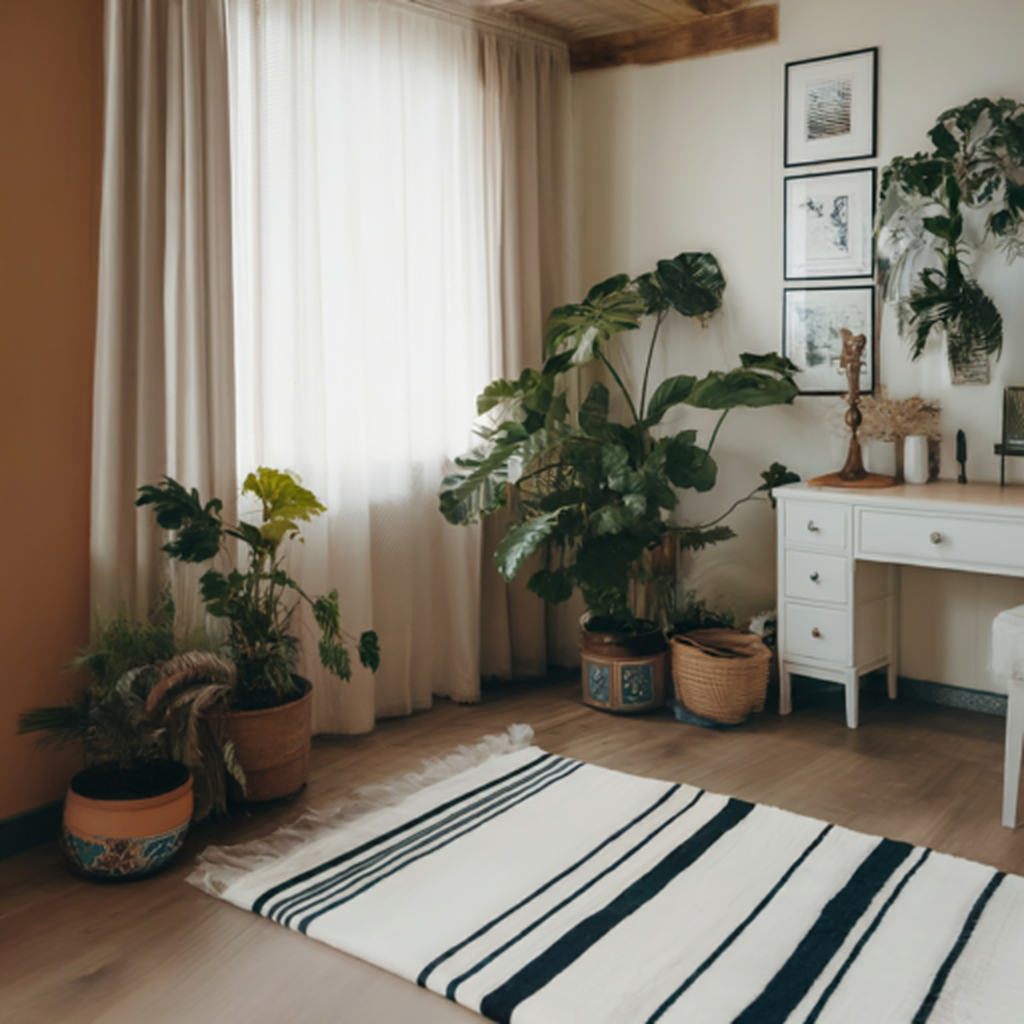
Debunking 5 Common Myths About Handmade Rugs - Living room Rugs - Entry Rugs - Runner Rugs
Handmade rugs have been cherished across cultures for centuries. From intricate Persian rugs to earthy Indian handmade rugs, from rustic jute rugs to sleek modern rugs, these artisan creations are more than just floor coverings—they’re heirlooms, design statements, and a testament to human craftsmanship. Yet, despite their enduring popularity, handmade rugs often fall victim to misconceptions that stop people from appreciating their true worth.
In this blog, we’ll debunk five common myths about handmade rugs while exploring why they remain timeless in homes that value artisan-made rugs, sustainability, and authenticity.
Myth 1: Handmade Rugs Are Too Expensive for Everyday Homes
One of the most common myths is that handmade rugs are luxury items reserved for palaces, museums, or the ultra-wealthy. While it’s true that some luxury handmade carpets fetch high prices, the handmade rug market is diverse and accessible.
Thanks to platforms that offer handmade rugs online, and initiatives by ethical rug manufacturers in India, homeowners can find quality wool rugs, jute rugs, recycled PET rugs, and custom rugs at reasonable prices. These rugs are durable investments that last for generations—unlike cheaper, mass-produced synthetic options that wear out quickly and end up in landfills.
When you buy Indian wool rugs directly from artisan communities or at exhibitions like the India Carpet Expo, you support weavers while also getting great value for money.
Myth 2: Handmade Rugs Are Old-Fashioned
Many associate handwoven rugs with traditional patterns and assume they don’t fit in modern interiors. But this couldn’t be further from the truth. Today’s rug designers blend traditional Indian weaving techniques with modern aesthetics to create pieces that suit any style—whether you love bohemian rugs, modern rugs, or minimalist rugs.
For example:
-
Modern handwoven carpets often use abstract or geometric patterns.
-
Custom rug design allows you to choose your size, color palette, and style to match your space.
-
Persian and Moroccan-inspired rugs are making a strong comeback in contemporary homes, adding global character to otherwise simple interiors.
Handmade rugs are versatile. Pair a Moroccan rug with Scandinavian furniture, or a Persian rug with industrial decor, and you’ll see how seamlessly they elevate the space.
Myth 3: Handmade Rugs Require Too Much Maintenance
Another misconception is that artisan rugs are delicate and high-maintenance. The truth is, most wool rugs, jute rugs, and recycled PET rugs are naturally durable, stain-resistant, and easy to care for. Wool, in particular, has natural oils that repel dirt and moisture, making it a practical choice for high-traffic areas.
Simple care steps—like regular vacuuming, rotating your rug to balance wear, and addressing spills promptly—can keep your handmade rug looking beautiful for decades. Unlike synthetic rugs, which often trap dust and allergens, natural fibers used in sustainable rug brands actually contribute to healthier indoor air quality.
Myth 4: All Handmade Rugs Look Alike
Many people think handmade rugs only come in traditional red-and-blue Persian styles. In reality, handmade rugs are as diverse as the cultures that produce them.
-
Indian handwoven rugs can feature tribal patterns, floral motifs, or modern abstract designs.
-
Artisan rugs from Morocco showcase bold geometric patterns and neutral tones perfect for minimal interiors.
-
Bohemian rugs often mix bright colors, fringes, and playful motifs.
-
Custom-made rugs allow you to work directly with artisans to create something unique—whether it’s inspired by traditional weaving or entirely modern.
By exploring collections from ethical rug manufacturers in India, you’ll discover endless styles that suit bedrooms, living rooms, or even offices.
Myth 5: Handmade Rugs Aren’t Sustainable
In today’s eco-conscious world, many buyers worry about sustainability. The myth here is that handmade rugs are resource-intensive and unsustainable. The reality is quite the opposite.
Handwoven rugs are often crafted from natural, renewable, or recycled materials such as wool, jute, and even PET yarn derived from plastic bottles. They’re biodegradable and built to last, unlike synthetic rugs that harm the environment. Many artisans also follow eco-friendly dyeing processes and work with sustainable rug brands committed to responsible production.
When you purchase through ethical rug manufacturers India or at fairs like the Eco-friendly rug exhibition, you’re not only decorating your home—you’re also supporting artisan-made home decor and eco-conscious craftsmanship.
The Real Story Behind Handmade Rugs
Handmade rugs aren’t just about patterns and fibers; they’re about people, traditions, and stories woven into every knot. Whether you’re browsing handmade rugs online or visiting a handmade carpets exhibition, each rug represents the heritage of traditional Indian weaving, the creativity of artisans, and a sustainable choice for your home.
From designer cushion covers that pair beautifully with rugs, to custom rug designs that let you personalize your space, artisan-made pieces are shaping the future of ethical home decor.
So, the next time you hear someone dismiss handmade rugs as too expensive, old-fashioned, or fragile, you’ll know the truth. These rugs are versatile, sustainable, and timeless—an investment not just for your interiors, but for the generations of craftsmanship that keep this tradition alive.


